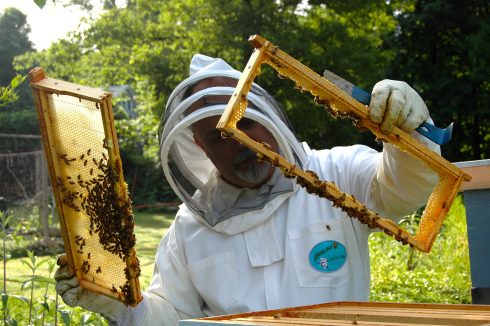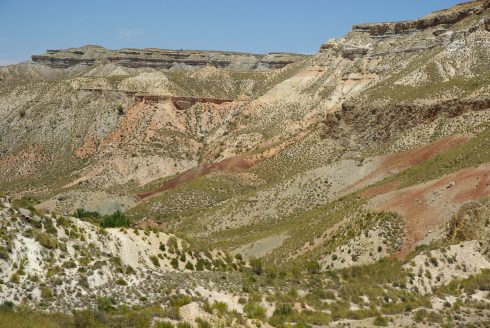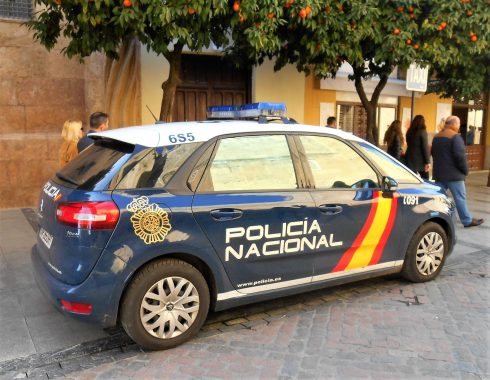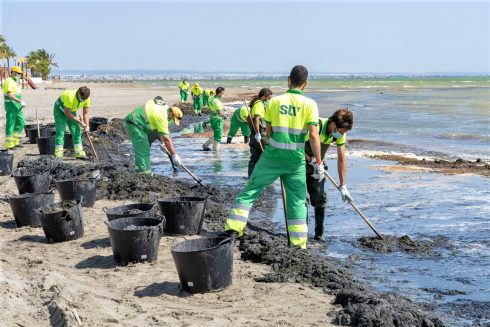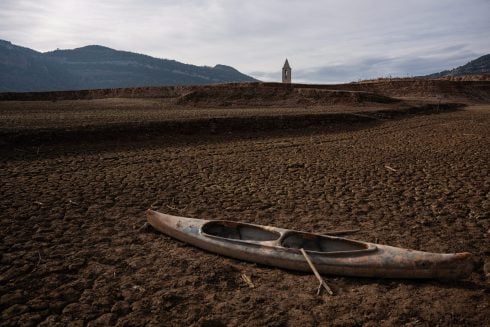MORE than 7,500 birds have flocked to the Laguna de Fuente de Piedra to prepare for the mating season.
According to the Junta, the wetland, located in the municipality of Fuente de Piedra (Malaga), is currently home to around 7,585 flamingos, of which 1,200 are mating pairs.
The lagoon is the biggest in Andalucia, covering over 1300 ha and is home to over a dozen species of birds, and from February until July Flamingoes from all along the Mediterranean and the North African coast migrate to this spot to breed.
Last year saw a total of 6,030 flamingo chicks born at the Fuente de Piedra lake reserve, near Antequera.
According to the Junta’s Environmental department, on March 20, flamingos entered the Isla de Senra, where they nest, occupying the northern end of the island to lay their eggs in the breeding territory.
“In these days there has been a great deal of courtship activity and visits by new pairs on the breeding island, which suggests that, if the expected spring rainfall occurs, the incorporation of more pairs on the breeding territory will continue,”said the department in a press release.
The optimal period for observing flamingos in the lagoon coincides with the nesting months from March to July, with April typically seeing the biggest concentration of birds.
Rainfall during the months of April and May will determine the evolution of the water level of the lagoon and, ultimately, will influence the processes that determine the breeding success and the number of pairs that establish themselves this year in the breeding colony.
The accumulated rainfall records this season has reached 250.3 litres/square metre, 72.44 litres/square metre less than the average for the previous year (322.74 litres/square metre).
In order to successfully reproduce at Fuente de Piedra, flamingos require a combination of sufficient water levels; the existence of islands—such as the Isla de Senra—in order to establish colonies, and a steady food source.
READ ALSO:


